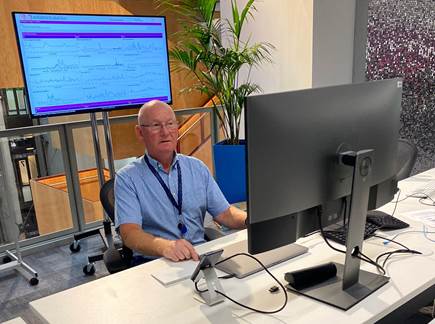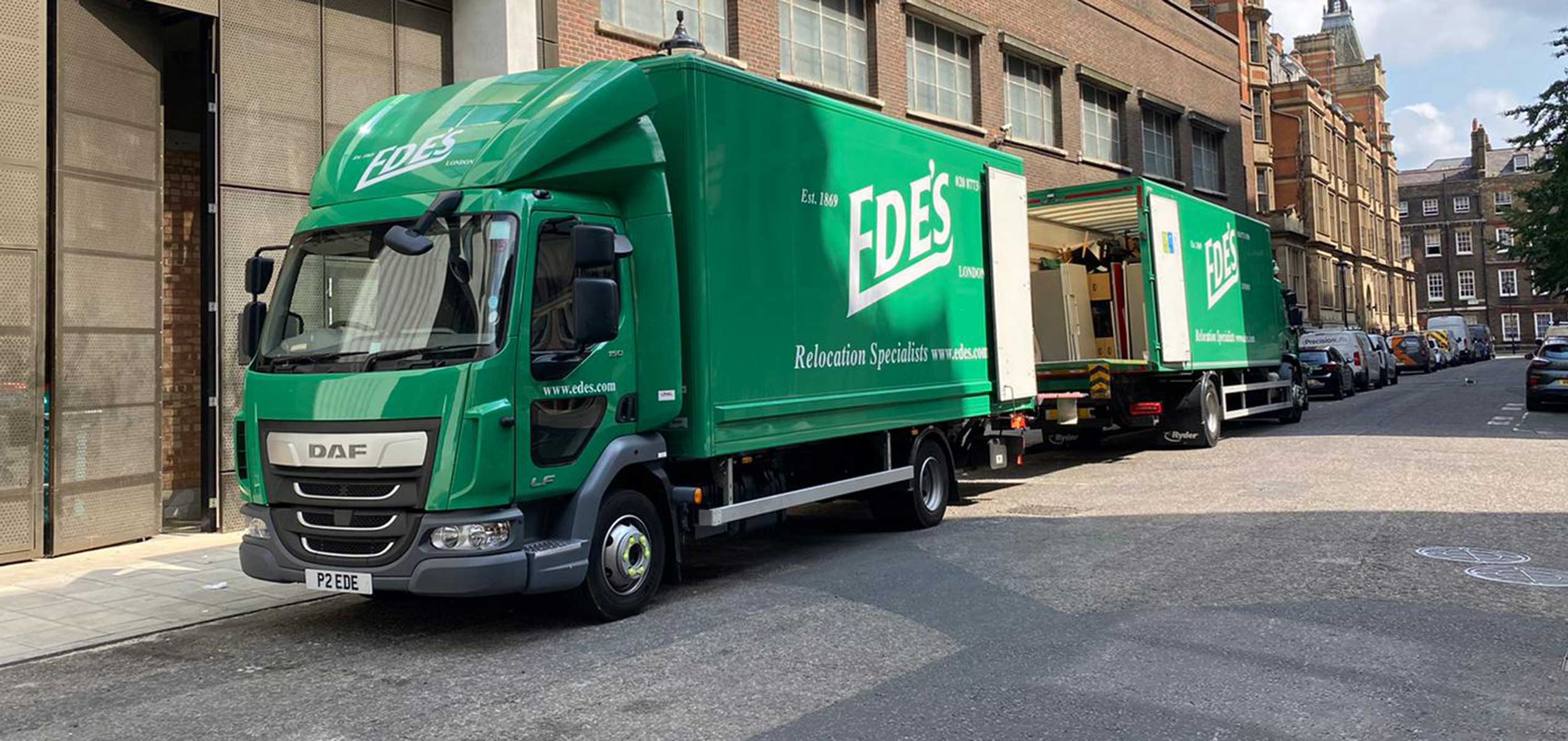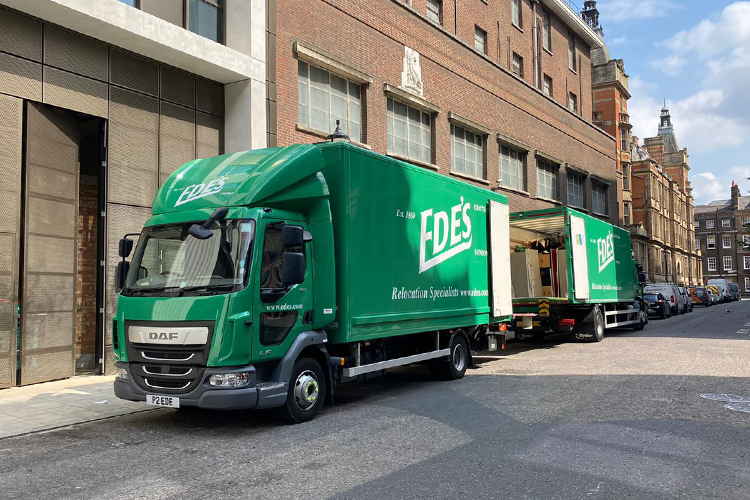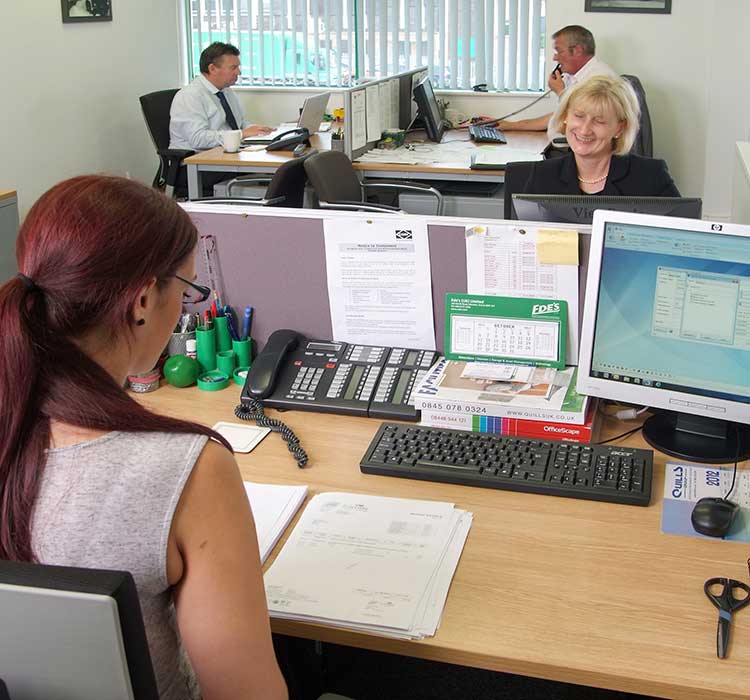As the awareness of environmental sustainability continues to grow, businesses are becoming increasingly conscious of the need to incorporate eco-friendly practices into their daily operations. This mindset also extends to the often complex and resource-intensive process of moving office. With the guidance of experienced professionals such as Ede’s, your company can embrace sustainable practices and minimise its ecological footprint during the relocation process.
Ede’s is a trusted business removals specialist, business storage and IT services company, has been assisting businesses in South West London and throughout the UK for over 150 years. Their extensive experience ensures a seamless relocation process while addressing the environmental considerations that come with moving office. In this blog post, we will discuss practical strategies for crafting an eco-friendly office move and how partnering with Ede’s can help reduce waste, promote sustainability, and create an environmentally-conscious transition to your new premises.
Join us as we discuss environmentally friendly relocation practices and learn how to establish a green office move that benefits your business, employees, and the environment. With the support of Ede’s’ team of dedicated professionals, you can not only achieve a successful relocation but also demonstrate your commitment to environmental sustainability and corporate responsibility.
Implementing Sustainable Packing Strategies
Minimise waste and resource consumption with these eco-friendly packing practices:
1. Reusable packing materials: Reduce reliance on single-use items and opt for reusable packing crates or boxes, which can be rented or purchased from Ede’s, maximising resource efficiency.
2. Eco-friendly packing materials: Avoid conventional packing materials, such as bubble wrap and foam peanuts, and choose sustainable alternatives, such as recycled paper or biodegradable packing peanuts.
3. Use existing resources as packing materials: Leverage items found in your current office, such as towels, linens, or discarded paper, to provide protection for fragile items during transport.
4. Reduce packaging volume: Recall your unused office supplies and minimise unnecessary packaging by consolidating items and making the most of available storage space within crates and boxes.
Streamlined Office Relocation for Reduced Environmental Impact
Efficiently manage your move to decrease resource consumption and minimise the overall impact of your relocation:
1. Consolidate shipments: Coordinate your moving schedule to ensure that equipment and resources are transported in as few trips as possible, reducing fuel consumption and vehicle emissions.
2. Sustainable transport options: Seek environmentally-friendly transport options, such as hybrid or electric vehicles, where feasible. Consult with Ede’s to explore available green transport solutions.
3. Plan your move during off-peak hours: Minimise traffic congestion and emissions by scheduling your relocation outside of peak commuting times, supporting a quicker and more fuel-efficient move.
4. Use energy-efficient moving equipment: Choose environmentally-conscious moving equipment, such as energy-efficient or low-emission vehicles, in collaboration with Ede’s, demonstrating your commitment to sustainability.
Sustainable IT Asset Management During Office Relocation
Embrace green practices for managing and disposing of your IT assets during the moving process:
1. Update and optimise IT systems: Assess your IT infrastructure and identify opportunities for upgrades or energy-efficient improvements before your move, disposing of outdated equipment responsibly.
2. Adopt cloud-based solutions: Transition to cloud-based storage and virtualisation technologies, promoting a more efficient and environmentally friendly digital infrastructure for your new office.
3. Secure and proper disposal of e-waste: Partner with Ede’s to ensure that old or unwanted IT equipment is properly recycled or disposed of in compliance with environmental regulations.
4. Encourage energy-efficient usage: Educate your employees about green IT practices, such as using energy-saving settings on devices and powering down equipment when not in use.
Establishing an Environmentally Friendly Workspace in Your New Office
Transition to an environmentally-conscious workplace by introducing eco-friendly practices in your new office:
1. Energy-efficient lighting and fixtures: Install energy-saving LED lights and utilise natural light in your new office space, reducing your energy consumption and carbon footprint.
2. Green procurement policies: Implement environmentally-conscious procurement policies favouring eco-friendly office supplies and sustainable or ethically sourced furniture.
3. Implement a recycling programme: Create a comprehensive recycling programme in your new office, encouraging employees to recycle paper, plastics, glass, and other materials.
4. Encourage sustainable commuting options: Promote green commuting options, such as carpooling, cycling, or public transportation, and consider providing bike storage or discounted transit passes for your employees.
Choosing a Sustainable Office Location
One of the most significant environmental impacts of an office relocation is the location of the new premises. Here are some considerations to help you choose a sustainable office location:
1. Access to public transportation: Look for office locations that are easily accessible by public
transportation, reducing the need for employees to commute by car and decreasing carbon emissions.
2. Proximity to amenities: Choose a location that is close to amenities such as restaurants, cafes, and shops, encouraging employees to walk or bike to work instead of driving.
3. Energy-efficient building design: Look for buildings that incorporate energy-efficient features such as solar panels, efficient heating and cooling systems, and natural ventilation.
4. Environmental certifications: Consider office locations that have environmental certifications, such as LEED or BREEAM, indicating that the building meets high environmental standards.
Partnering with Ede’s can also help in choosing a sustainable office location, as their team can provide insights and advice on the most environmentally friendly options available in your area.
By prioritizing sustainability in the location of your new office, you can not only reduce your environmental impact but also create a more attractive workplace for employees who value sustainability and environmental stewardship.
Conclusion
Adopting environmentally sustainable practices during your office move demonstrates your commitment to corporate responsibility and the well-being of our planet. By incorporating these strategies into your moving process, your business can mitigate potential negative environmental impacts and set the stage for an eco-friendly future at your new premises.
Engaging the service of an experienced partner like Ede’s can greatly assist in achieving a green office relocation in London, leveraging their expertise and resources to transition your business while upholding your ecological values seamlessly. Embrace the opportunity to establish a sustainable and responsible workplace, and allow the professionals at Ede’s to support your vision of an environmentally conscious future for your organisation.
As part of our comprehensive business moving services, Ede’s can help you to ensure that your business or office move is as sustainable as possible.
We specialise in moving businesses including shops, warehouses, and office moves.
















